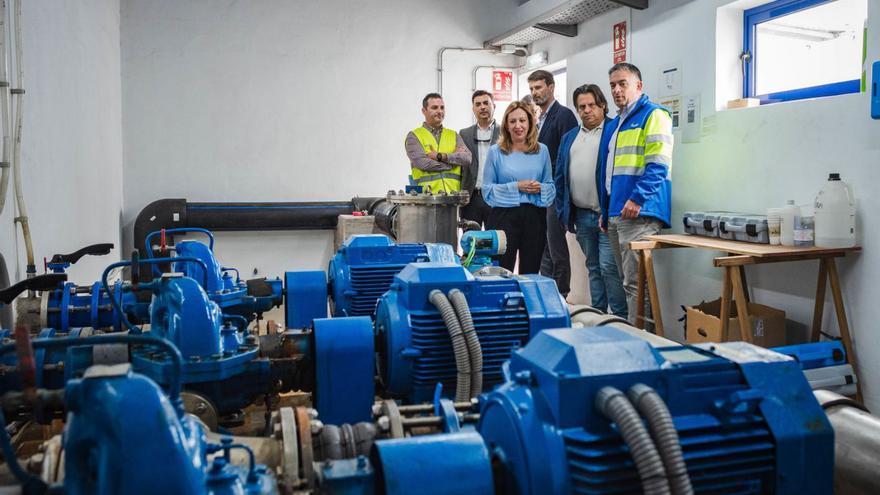
The Council and the Güímar City Council are allocating £7.2 million to build the wastewater pumping station at Los Tarajales, next to the Güímar Puertito Nautical Club, as well as the pumping to transport wastewater to the Valle de Güímar regional treatment plant. The project will take 16 months to complete and will make more water available to farmers and eliminate discharges into the sea in the area.
The Los Tarajales pumping station will be a newly built 2209.4 square feet building, with a pretreatment area, a flow equalization chamber, a screening channel, a pumping area with a flow laminating and suction chamber, and the pumping room; deodorization and electrical room. The pumping is complemented by a generator located in an adjacent room.
The connection of the wastewater treatment and pumping station to the regional treatment plant covers 6,832 meters. This pipeline has a regional nature as, as infrastructure develops, it will convey and pump water from another municipality in the Valle region to the regional treatment plant.
The President of the Council, Rosa Dávila; the Mayor of the municipality, Gustavo Pérez, and the Manager of the Island Water Council of Tenerife, Javier Davara, visited the desalination plant located in the Industrial Estate of Güímar. Dávila stated, “Güímar has historically been a point with water and coastal discharge problems, and we have signed the agreement to resolve it. With this investment, we will end the discharges in Puertito de Güímar and allow us to make more treated water available to the primary sector.”
The Mayor of Güímar, Gustavo Pérez, stated that with the signing of the agreement, “we are solving a historical problem in the municipality. Basically, we will stop pouring dirty water into the sea and transform it into clean water for the municipality. This will be done in two ways: the clean, for supplying our fields with thousands of cubic meters of water at their disposal, while with the desalination plant we will be able to supply water to our population. This guarantees water for agriculture and for human supply. These are two positive stories that will make this problem a thing of the past in a few months.”
The agreement includes a contribution of £5.4 million from the Island Water Council of Tenerife, £1.4 million from the Council’s own funds and £366,750 contributed by the City Council.
The project is included in the water emergency declaration, Dávila recalled, explaining that there are portable desalination plants with a capacity of 1,000 cubic meters in the Industrial Estate of Güímar that will be expanded to 3,000 cubic meters.
[–>
It also includes establishing a pipeline for desalinated water to serve this area of the Güímar municipality, supplying it from the future regional seawater desalination plant in the Valle de Güímar.
















